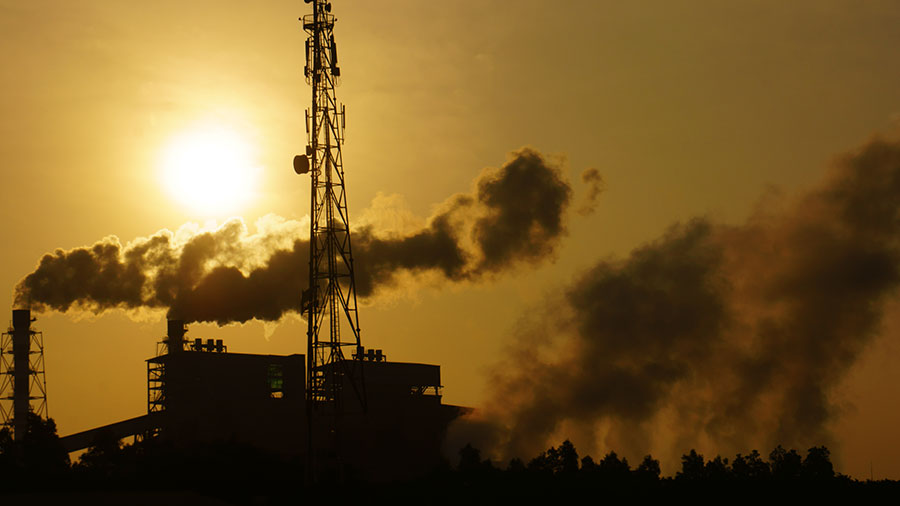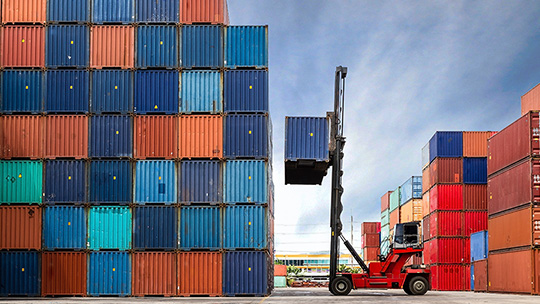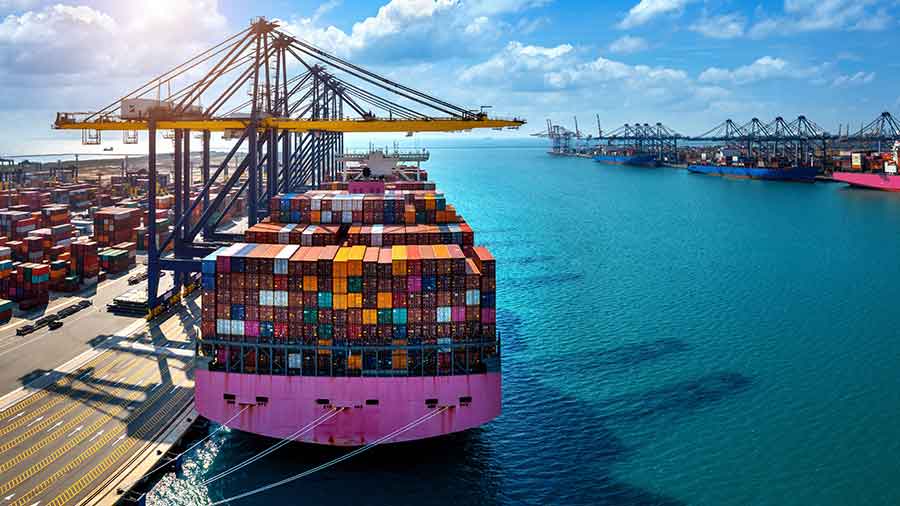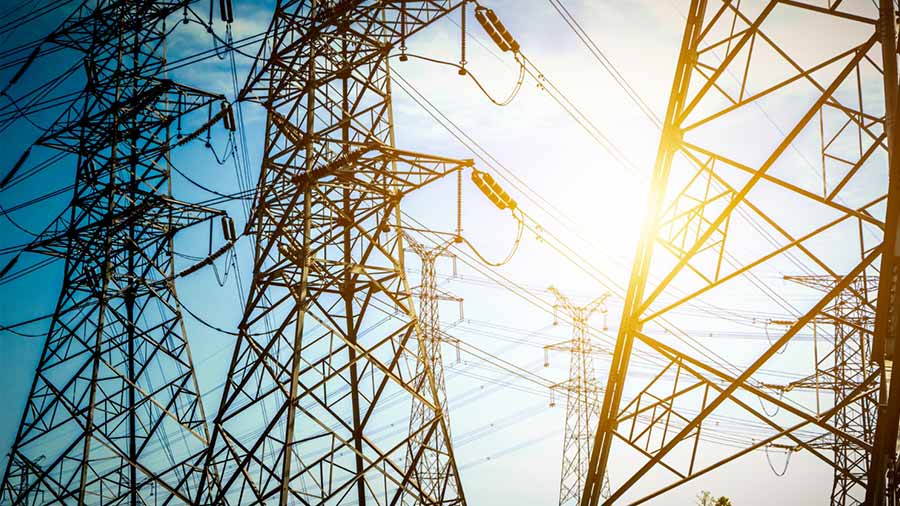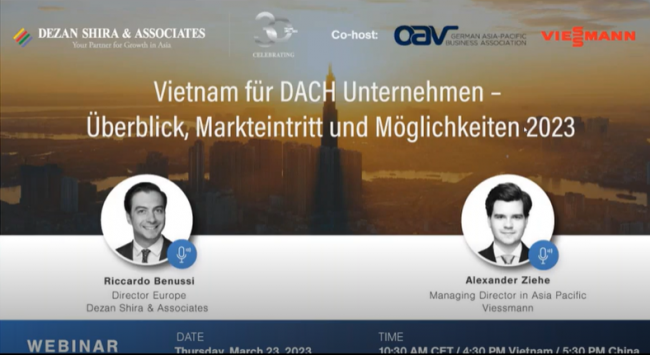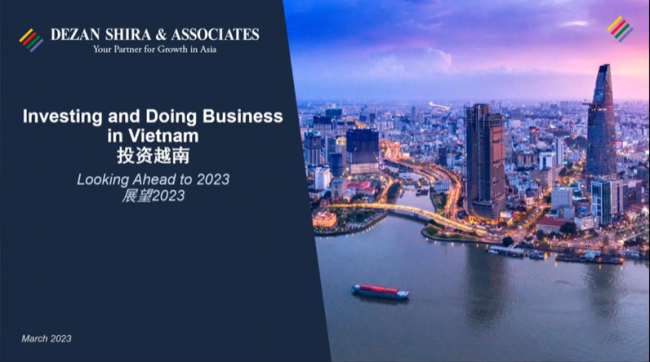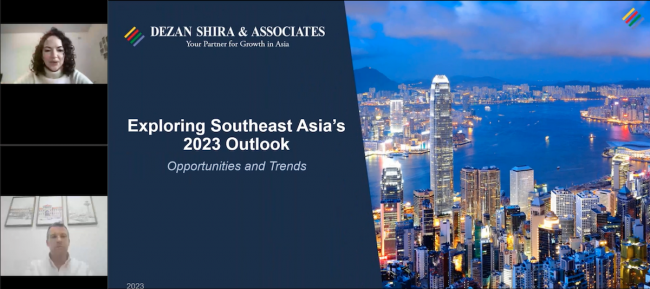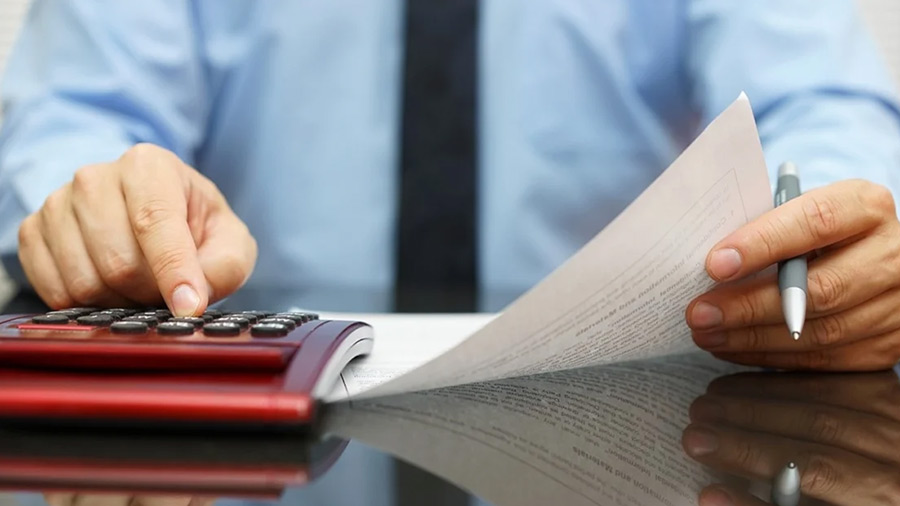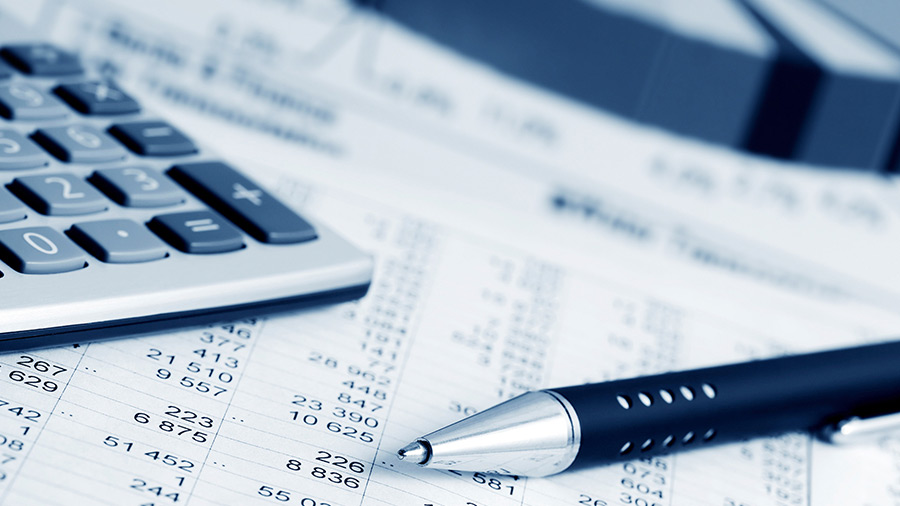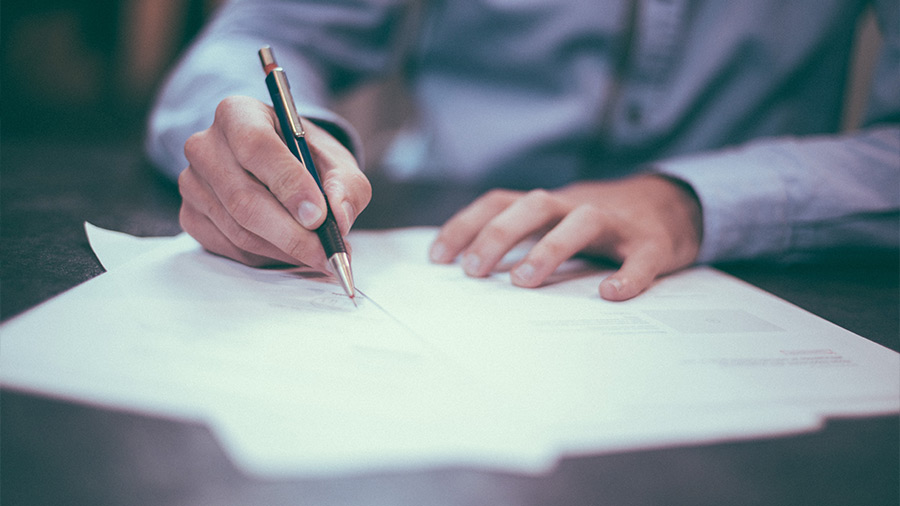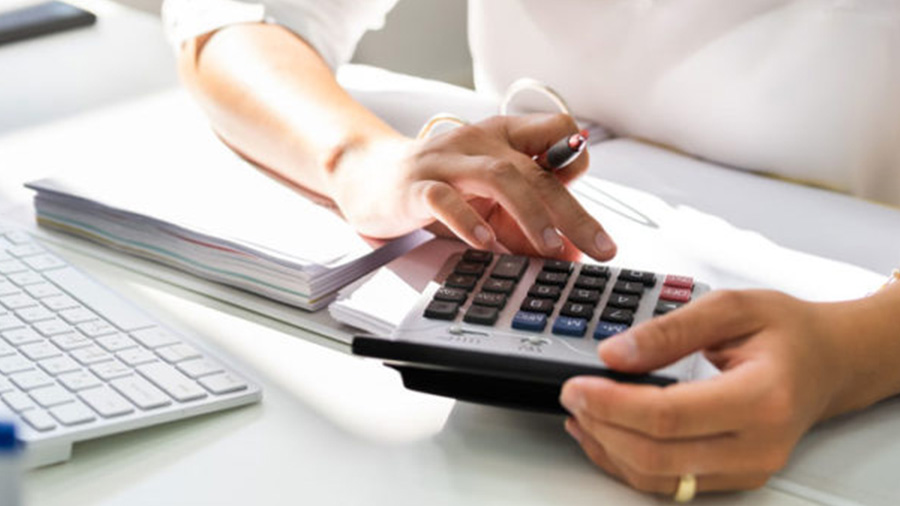Value Added Tax (VAT) applied to the consumption of goods and services at various stages of production and distribution. Essentially, VAT is a consumption tax levied on the added value of goods and services at each point of sale. Businesses are responsible for collecting VAT on behalf of the government and are allowed to deduct the tax they have paid on their inputs from their VAT liability.
The standard VAT rate in Vietnam is currently 10 percent, with certain goods and services subject to reduced rates or exemptions.
For businesses, comprehending VAT refunds ensures compliance with tax regulations, optimizes cash flow, and minimizes tax burdens, ultimately enhancing profitability. Tourists, on the other hand, can benefit significantly by reclaiming VAT paid on eligible purchases, thus making their stay in Vietnam more economical and encouraging further spending within the country.
This article aims to provide a comprehensive guide on VAT refunds in Vietnam, by delving into the details of the VAT refund process, this guide will highlight the requirements, procedures, and benefits associated with claiming VAT refunds.
Understanding VAT in Vietnam
Value Added Tax (VAT) is a comprehensive consumption tax levied on the value added to goods and services throughout their production, circulation, and consumption stages. Essentially, it is a multi-stage tax collected at every point of the supply chain and ultimately borne by the end consumer. In Vietnam, VAT is applicable to most goods and services purchased and sold within the country, encompassing both local and foreign businesses operating in the Vietnamese market.
All entities and individuals conducting business and generating income in Vietnam from goods or services subject to VAT under foreign contractor tax (“FCT”) scheme are required to pay this tax, irrespective of whether they have a physical presence in the country. However, exports of goods and services to foreign customers are generally exempt from VAT, promoting international trade.
Vietnam implements VAT at three distinct rates to cater to various goods and services:
- Zero Percent (0%): This rate is primarily applicable to exported goods and services including goods/services sold to overseas/non-tariff areas, goods processed for export or in-country export (subject to conditions), goods sold to duty-free shops, certain exported services, construction and installation carried out for export processing enterprises, aviation, marine and international transportation services. The zero percent rate effectively removes VAT from these transactions, encouraging exports and international business activities.
- Five Percent (5%): A reduced VAT rate of 5 percent is levied on essential goods and services such as clean water, fertilizer, medicine and medical equipment, education and training services, and agricultural products. This lower rate aims to make basic necessities more affordable for the general population.
- Ten Percent (10%): The standard VAT rate of 10 percent applies to most goods and services in Vietnam. This rate encompasses a wide range of products and services, including consumer goods, construction services, and professional services.
VAT in Vietnam is imposed on a broad spectrum of goods and services, reflecting the tax's role as a significant revenue source for the government. The majority of goods and services consumed domestically are subject to VAT, ensuring that the tax burden is evenly distributed across different sectors of the economy. Some examples of goods and services subject to VAT include:
- Consumer products such as electronics, clothing, and household items.
- Construction and real estate services.
- Professional services, including legal, accounting, and consulting services.
- Utilities such as electricity, water, and telecommunications.
However, certain goods and services are not subject to VAT or subject to special rates, promoting affordability and access to essential services. For instance, basic food products, public transportation, healthcare services, and educational services are typically not subject to VAT to support public welfare.
Who is eligible for VAT refunds?
Criteria for businesses to claim VAT Refunds
Businesses operating in Vietnam under the credit method can claim VAT refunds under specific circumstances. These include:
- If a business has a new investment project in the investment phase and the remaining input VAT amount not yet credited is 300 million VND (approximately USD 11,800) or more, they are eligible for a VAT refund.
- Businesses that export goods or services and have a remaining input VAT amount of VND 300 million (USD 11,800) or more, which has not been fully credited, are entitled to a VAT refund for that month or quarter. The amount of input VAT relating to export sales to be refunded must not exceed 10 percent of export revenue. However, this does not apply if the goods are imported for re-export purposes or do not undergo the exporting process within customs-controlled areas as stipulated by the Customs Law.
- In cases of ownership transformation, enterprise transformation, merger, consolidation, separation, split, dissolution, bankruptcy, or operation termination, businesses applying the credit method can claim a VAT refund if they have overpaid VAT or have input VAT amounts that have not been fully credited.
- Businesses involved in Official Development Assistance (ODA) projects or those receiving non-refundable aid for humanitarian projects are eligible for VAT refunds on goods and services purchased within Vietnam for these projects.
Required documentation and records
To successfully claim a VAT refund, businesses must provide comprehensive documentation and records, including:
- Detailed VAT invoices for all purchases and sales, clearly indicating the VAT amount.
- Documentation proving the approval and status of new investment projects.
- Proof of export, such as customs declarations and shipping documents.
- List of customs declaration matching with invoices issued by the Company to customer overseas.
- Contracts with customer overseas in which having the Company’s bank account information and contracts with vendor for goods and services purchased.
- Detailed financial statements showing the VAT amounts to be refunded.
- Proof of payment for goods and services subject to VAT.
- Proof of payment made by customer overseas.
- Any necessary official letters or approvals related to mergers, acquisitions, or structural changes.
Criteria for tourists to claim VAT Refunds
Foreign tourists and overseas Vietnamese holding valid passports or entry papers granted by competent foreign agencies are eligible for VAT refunds on goods purchased in Vietnam. To qualify, the following criteria must be met:
- Tourists must make purchases with a minimum value of VND 2 million (approximately USD 79) per invoice or many invoices on the same day at the same store.
- VAT refunds can only be claimed on purchases made within 60 days prior to departure from Vietnam.
- VAT refunds must be processed at approved refund counters located at international airports and seaports upon departure from Vietnam.
Eligible purchases and conditions
Not all purchases are eligible for VAT refunds. The following conditions apply:
- Only goods, not services, are eligible for VAT refunds.
- Purchased goods must be unopened and unused at the time of departure.
- Tourists must retain original VAT invoices and present them along with the goods for inspection at the refund counter.
- Purchases must be made from retailers approved by the Vietnamese government to participate in the VAT refund scheme.
VAT refund process for businesses
Preparing and submitting VAT returns
Refund of VAT on an investment project before the production phase
- The application form No. 01/HT
- Copy of the Certificate of Investment Registration Certificate
- Copy of the Land Use Right (LUR) Certificate, land allocation decision or land lease contract of a competent authority; the construction license
- Copy of the charter capital contribution certificate
- A detailed list of invoices and documentary evidence for purchases according to Form No. 01-1/HT
- The decision on establishment of the Project Management Board, the project owner's decision on assignment of project management tasks, regulations on organizational structure and operation of the branch or Project Management Board (if tax refund is applied by the branch or Project Management Board)
VAT refund documents on exported goods
- The application form No. 01/HT
- A detailed list of invoices and documentary evidence for purchases according to Form No. 01-1/HT
- A list of customs declarations that are granted customs clearance according to Form No. 01-2/HT
- A list of bank payments received for exported goods should be well-prepared to reconcile with the amount stated in the output VAT invoices of exported goods.
Now, the VAT refund dossier will be submitted online via Tax portal of tax authorities.
Common mistakes to avoid
- Ensure the registered investment period matches the actual project completion timeline. Input VAT falling outside the investment timeframe cannot be refunded.
- Verify that your investment projects meet the requirements for conditional business lines and obtain necessary sub-licenses.
- Ensure full contribution of registered charter capital with valid proof.
- Maintain detailed and accurate records for both business operations and investment projects to avoid non-compliance issues.
Timeline
The timeline for processing VAT refunds can vary, typically ranging from 6 to 40 days from the date the tax authority issues a written notice of acceptance of the application and the deadline for processing the tax refund application. Dealing with VAT audits
- Keep all documentation organized and readily accessible. Ensure that financial records, invoices, contracts, and payment proofs are complete and accurate.
- Be responsive and cooperative during the audit process. Provide any additional information or clarification requested by the tax auditors promptly.
- If discrepancies or issues are identified during the audit, address them promptly. Rectify any errors and provide the necessary documentation to support your claims.
- Consider engaging a tax professional or consultant to assist with the audit process, especially if the VAT refund involves complex transactions or significant amounts.
VAT refund process for tourists
Minimum purchase amount, eligible items and how to identify participating stores
To qualify for a VAT refund in Vietnam, tourists must meet certain criteria regarding their purchases:
- Tourists must spend at least VND 2 million (approximately USD 79) per invoice or many invoices on the same day at the same store to be eligible for a VAT refund.
- Only goods, not services, qualify for VAT refunds. The items must be unused and in their original packaging at the time of departure.
Not all stores in Vietnam participate in the VAT refund scheme. To ensure your purchases are eligible, look for stores that display the "VAT Refund for Tourists" logo or signage. These stores are registered with the VAT refund program and can issue the necessary documentation for refunds.
If you are unsure whether a store participates, ask the retailer directly. They should be able to confirm their participation and provide the appropriate tax refund invoice.
Required documentation
To successfully claim a VAT refund, tourists must provide the following documents:
- A valid passport or entry papers granted by competent foreign agencies.
- The tax refund invoice issued by the participating store, which should detail the VAT amount paid.
- Original purchase receipts for all goods being claimed for a refund.
- Good purchased.
Claiming refunds at the point of departure (airports, seaports)
- Upon departure from Vietnam, locate the VAT refund counter at the international airport or seaport. These counters are usually situated in the departure hall, prior to customs control.
- Submit your documentation, including your passport, tax refund invoice, and purchase receipts. Ensure the goods are available for inspection, as customs officers may need to verify the items.
- After the documents and goods are verified, the VAT refund will be processed. The refund can be issued in cash or credited to your credit card, depending on the options available at the refund counter.
Refund methods
Tourists have two primary methods to receive their VAT refunds:
- Refunds can be provided in cash at the VAT refund counter. This option is convenient for tourists who prefer immediate access to their refund.
- Refunds can also be credited to a credit card. While this option may take a few weeks to process, it provides a secure and traceable method for receiving the refund.
Recent changes and updates
Recent amendments to VAT refund policies
Vietnam has recently implemented significant changes to its VAT policies to support economic recovery and enhance the business environment.
This reduction aims to alleviate financial burdens on businesses and stimulate consumer spending.
The VAT rate cut applies broadly across various sectors but excludes specific industries such as:
- Telecommunications;
- Information technology;
- Finance;
- Banking;
- Securities;
- Insurance;
- Real estate;
- Metals and prefabricated metal products;
- Mining (excluding coal mining);
- Refined petroleum;
- Chemicals; and,
- Items subject to excise tax.
This exclusion ensures that the tax relief targets sectors most in need while maintaining revenue from industries less impacted by economic fluctuations.
Impact of regulatory changes on businesses and tourists
Businesses
For businesses, the VAT reduction offers significant relief by lowering the overall tax burden, therefore improving cash flow and profitability. This change is particularly beneficial for sectors hardest hit by economic downturns, such as retail, hospitality, and manufacturing. Businesses can reinvest the savings into operations, expansion, and workforce retention, fostering economic resilience and growth.
However, businesses in excluded sectors must continue to manage their VAT obligations at the standard rate. It is crucial for these businesses to maintain stringent compliance with VAT regulations to avoid penalties and ensure smooth operations.
Tourists
Tourists benefit indirectly from the VAT rate reduction as it lowers the cost of goods and services, making Vietnam a more attractive destination. Although the reduction does not directly impact the VAT refund process for tourists, the overall decrease in prices enhances the travel experience and boosts spending power.


